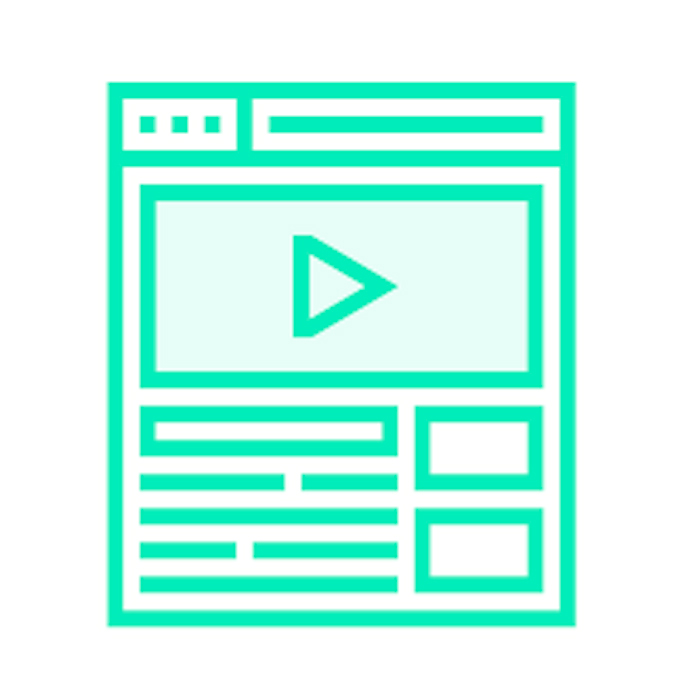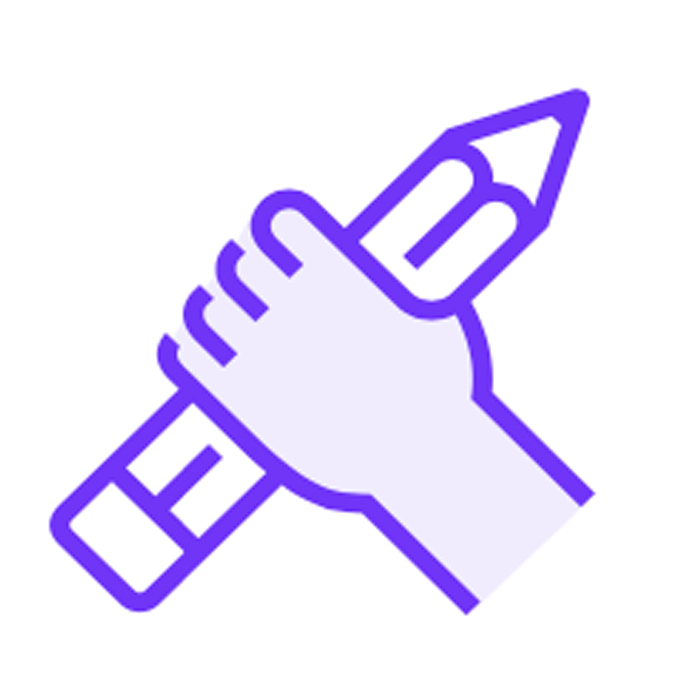INTRODUCTION
Early in the Covid-19 pandemic, we held in-depth discussions with leaders of patient-based organizations throughout Latin America, as well as in South Africa and Lebanon. We wanted to see how they were managing with the pandemic in already very challenging environments. We asked them to describe changes they had made from a programmatic and operational perspective, and we asked for their views on the national response to the emergency in their countries. We asked if they had become involved in public policy discussions to address the new challenges, and how their pre-pandemic advocacy agenda with government and policymakers had changed due to the coronavirus.
It became quickly evident that patient leaders were already extremely active and had little extra time to consider a policy agenda much beyond what was happening day-to-day. However, most were also interested in ideas for the future. What might be public policy opportunities look like for patient groups once the pandemic begins to recede? We endeavored to help.

What are public policy opportunities for patient groups once the pandemic begins to recede? We identified four relevant topics and developed policy resource toolkits for each intended as an evidence base to guide patient leaders in their advocacy.
We begin with general observations that have since been reflected in other studies and survey findings related to Covid-19. First, in many countries, the stature of patient-based organizations has been enhanced by their activities during the peak of the Covid-19 emergency. Given difficult economic times ahead, capable patient organizations will continue to be important as demand for their services increases. Second, there is a broad trend of increased collaboration. Patient organizations are working with each other more often and increasingly more with other health stakeholder groups, as well. Third, the idea of "building back better" permeates the current environment and all health stakeholders, including patient organizations, are eager to see challenges in a new light and to participate in innovative programming. Fourth, patient organizations will benefit from specific new tools and resources that can help guide their advocacy efforts in "building back better." It is one thing to know what organizations have been through; it is another to energize and motivate organizations to consider new opportunities into the near future.
We identified four health policy subject areas that we consider important opportunities for patient organizations. For each, we developed detailed policy resource toolkits that provide an evidence base and guides patient advocacy leaders with key messages and other suggested text adaptable to different modes of communication. The four policy subject areas are described briefly here:
Space for Policy Dialogue
Outside of high-income countries, patient organizations are not yet regarded as important as other stakeholder sectors in health care policy. Physicians, academics, system payers, insurers, and the many industries that supply the health system generally enjoy much greater recognition.
This allows for each of those sectors to speak and to act more or less as one voice with their governments in health care policy debates and discussions. The Covid-19 pandemic has changed this dynamic in many places, at least temporarily, because governments have needed to coordinate with all sectors to meet new and unprecedented challenges.
In this way, the pandemic has led to more consistent interaction between patient organizations and health authorities. Creating a formal space for regular policy dialogue between patient groups and government would help cement this working relationship at a time of continued uncertainty.
Of course, this opportunity is not equal everywhere. In countries where patient organizations continue to be shut out of policy discussions and where a regular space for dialogue seems impossible, the resources included in this toolkit can also be adapted by advocates to argue for change.

Remote Health Access
Just about everywhere, some portion of the shift to remote access to health services (telehealth, home medicine infusions, etc.) is likely to continue even after the Covid-19 emergency subsides. Of course, which portions will remain and how quickly these will expand depend on a variety of factors.
As patient organizations are expert in disease education and navigation of health systems--an expertise sharpened by the pandemic--many are positioned to play a larger role as intermediaries in how a health system delivers remote access services.
They should be recognized as such, with legal and regulatory frameworks where possible to allow for reimbursement as intermediaries. At the very least, patient advocates should be part of the policy discussions on how remote access services can help even more patients while also maintaining (or improving) standards of health care quality. The resources in this toolkit can help patient advocates make the policy case for continued access and expansion of these services, while also positioning patient organizations as effective implementing partners in this expansion.

Combat Health Misinformation
The Covid-19 pandemic has demonstrated how bad information can be destabilizing and even deadly with its rapid spread among a citizenry eager to access information and products for protection. Much of this is unintentional, but bad actors also seed and/or exploit bad information for political or commercial gain. In some cases, governments have used the threat of bad information as an excuse to limit journalism and freedom of expression. As such, health misinformation and disinformation have now firmly entered the international public health lexicon.
They will likely remain there even as Covid-19 recedes. Meanwhile, providing accurate information has long been a driving mission for patient organizations.
As governments become more determined to regulate or legislate in this space--or to make potentially bad decisions based on inaccurate information--patient advocates can and should be important voices. There will also be future opportunities for patient organizations to become involved in "infodemiology" research related to the diseases they represent.

Some final thoughts...
As we begin to disseminate these toolkits to patient advocacy leaders and their organizations, a few caveats are important.
First, the suggested text and messages in each of the toolkits are not intended for direct copy-and-paste activities. We encourage patient organizations to adapt suggested text as necessary to the local context and to even expand on the suggested messaging in each of the different formats provided. Copy and paste without adaptation to a particular context or for a particular audience will not be effective as an advocacy approach. Second, the four topics are only some of the possible policy topics moving forward. We are open to further suggestions from the patient advocacy community in terms of additional toolkits for a post-pandemic advocacy context. Please let us know. Third, we are well aware that the situation for patient groups in each country is as different as the countries themselves. One or more of these toolkit topics will make intuitive sense for some, but not for all patient organizations, and may or may not be entirely applicable for every country.
For these reasons, we chose four broad policy areas meant to encourage continued coalition-building and collaboration among patient-based organizations to address difficult and challenging topics. In the end, in our view it is this coalition building that will allow for civil society organizations to continue to strengthen their capacity to influence health decision making for the patients they represent.

Instructions for Toolkits
Each toolkit follows a similar structure designed to assist patient organizations with suggested messaging and resources in different communications formats for use in public policy activities. Each toolkit is also an educational resource.
Patient organizations and their coalitions are encouraged to adapt text and messaging as necessary. Copy-paste is not encouraged.

Toolkit contents include:

Overview/Vision:
this opening describes a background and provides context on the issue.
Policy Gap:
this briefly characterizes one or more policy gaps and solutions to address the issue.
Key Messages:
these are arguments for why the issue matters and to support concerted action on the issue.
Q&A:
this provides potential answers to some immediate questions that could be raised both about the issue and/or the suggested policy fix.
Research Resources:
brief descriptions of articles on the subject with links to full text.
Research Quotes:
quotes from articles on or related to the subject that describe and support action on the issue.
Videos:
videos available online, most of them short, that describe and/or support action on the issue.
Further Reading:
available in most toolkits, these are additional resources for in-depth analysis.
Suggested Tweets:
short-form messaging on the issue for use in social media communications.
Hashtags:
for use in Twitter communications on the issue, but also a resource for learning more about the issue as discussed on Twitter.
Sample Social Media Graphics:
suggested quotes in a format for advocates to include a photo and logo of the patient organization and for use on various social media platforms.
Sample Sign-on Letter:
suggested text in the format of a letter to a policymaker from an organization or coalition.
Sample Media Piece:
available in most toolkits, this is suggested text in the format of a news article for placement with the media.
